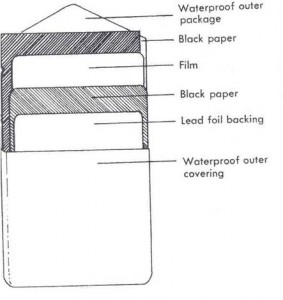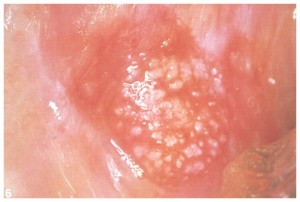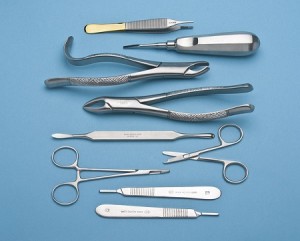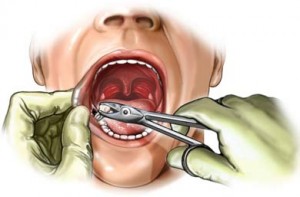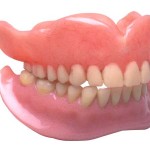X-RAY FILMS
Introduction
X-ray film is an image receptor.
It is a type of photographic film, in which an image is formed by
the exit radiation exposing the film.The film is composed of 2
principal components namely the base& emulsion.
Base:
0.2 mm thick & made up of clear, transparent cellulose acetate or
Cellulose nitrate.Cellulose acetate is used because it is less
inflammable. Recently polyesters [polyethylene teraphthalate] are
used.The base should be flexible for easy handling{manipulation}.
Emulsion:Consists of homogenous mixture of gelatin & silver
halide crystals.The gelatin is made from cattle bone.The gelatin is
clear so that it will transmit light & sufficiently porous to allow the
processing chemicals to penetrate it & reaches the silver halide crystals fast without affecting the strength.
